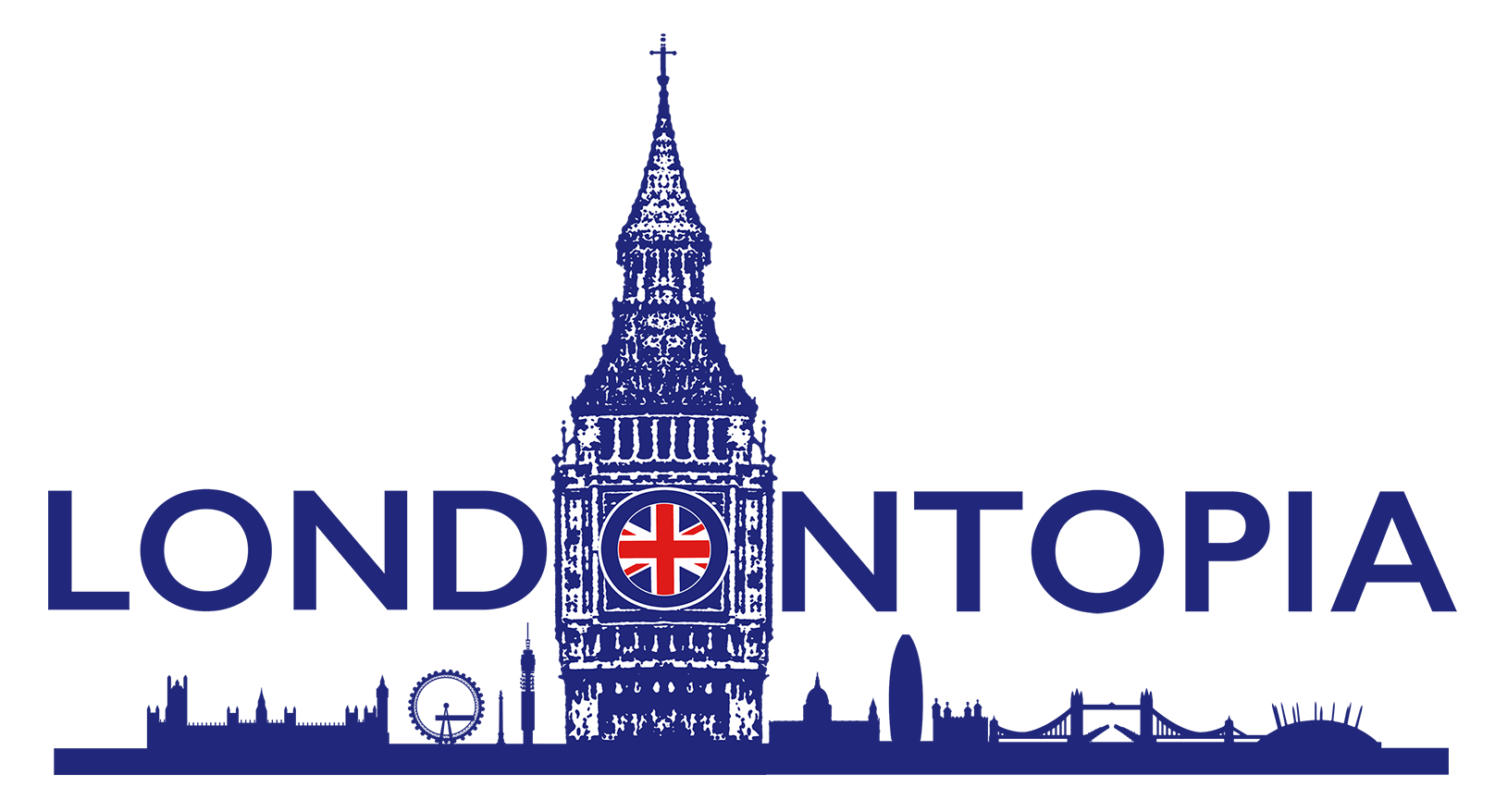The red line on the London Underground map represents the Central Line, a fixture of the Tube since it opened as the Central London Railways in 1900. Today, it runs along an east-west axis from West Ruislip all the way up to Epping in Essex. As with other lines on the London Underground, the Central Line is certainly full of its own interesting facts and figures. What you find on its tracks, in its cars, and at its stations may surprise you, and you just might realize there’s more to the Central Line than your morning commute.
A Long Strange Trip
The Central Line is easily the longest route on the London Underground. From West Ruislip to Epping stations, the line length is 46 miles (76 kilometres), with the longest direct route between the two stations being almost 34 miles (59.4 kilometres). There are a total of 49 stations along the Central Line with seven lines that have closed since it opened. What’s more, in 2011/2012, approximately 260.916 million people traveled on the line.
Outside the Lines
The Central Line is one of the only two Underground lines to actually go outside of the Greater London area. Epping and Loughton are the only Central Line stations that go outside of Greater London. The other line that goes outside Greater London is the Metropolitan.
Origin of the Name
“The Tube” as a nickname for the London Underground began with Central London Railway in the 1900s. It’s two penny fare combined with the cylindrical shape of the lines gave it the nickname “The Two Penny Tube”, later shortened to just “The Tube”. The nickname was eventually used for the entire Underground.
Twisting and Turning
If you’ve ever wondered why the Central Line tunnels seem to twist and turn more than other Underground lines, it’s because the Central Line actually follows the street pattern of Medieval London.
Art Imitating Life
One of the stations on the line possesses the same name as a well-known television program. Grange Hill is both a station between Hainault and Chigwell and also a drama program focusing on events at the fictional Grange Hill School. The program is one of the longest-running in BBC history and was broadcast for thirty years from 1978 to 2008.
Repurposed for War
While many Underground stations were repurposed during World War II as air raid shelters, approximately two miles of the Central Line were shut down and converted into an aircraft factory. Electronics manufacturer Plessey utilized the Central Line as a factory after its original location was bombed by the Luftwaffe. This fact remained an official secret until the 1980s.
Famous Passengers
When the Central Line first ran in 1900, amongst its VIP passengers were Mark Twain and the Prince of Wales, the future King Edward VII.
The Light of Day
The Central Line has the most stations without an above ground building. Of the Central Line’s 49 stations, five of them have no surface building. These stations include: Notting Hill Gate, Bank, Bethnal Green, Chancery Lane, and Gants Hill.
Last of its Kind
For years, the Greenford Station on the Central Line was home to the Underground’s last remaining wooden escalator. Wooden escalators were largely replaced after the King’s Cross fire of 1987. Recently, the Greenford Station has been the focus of upgrading that will include step-free access, a wider staircase, and a radar key toilet. Sadly, these renovations mean that the Underground’s last wooden staircase will be gone by the time work is finished this summer.
A Museum Piece for the Museum
One of the Central Line’s closed stations was the British Museum Station. It opened in 1900, but was shut down in 1933 after the expansion of the nearby Holborn station made the museum’s station obsolete.




Fascinating article. Unfortunately my mac won’t download the travel info article
Very interesting. I love the hidden history. Would like to read about some of the other lines.
I had thought that the TUBE referred to lines that are deeper and cut through SOLID ground and the UNDERGROUND referred to lines laid in a cutting on the surface and covered COMMENTS??